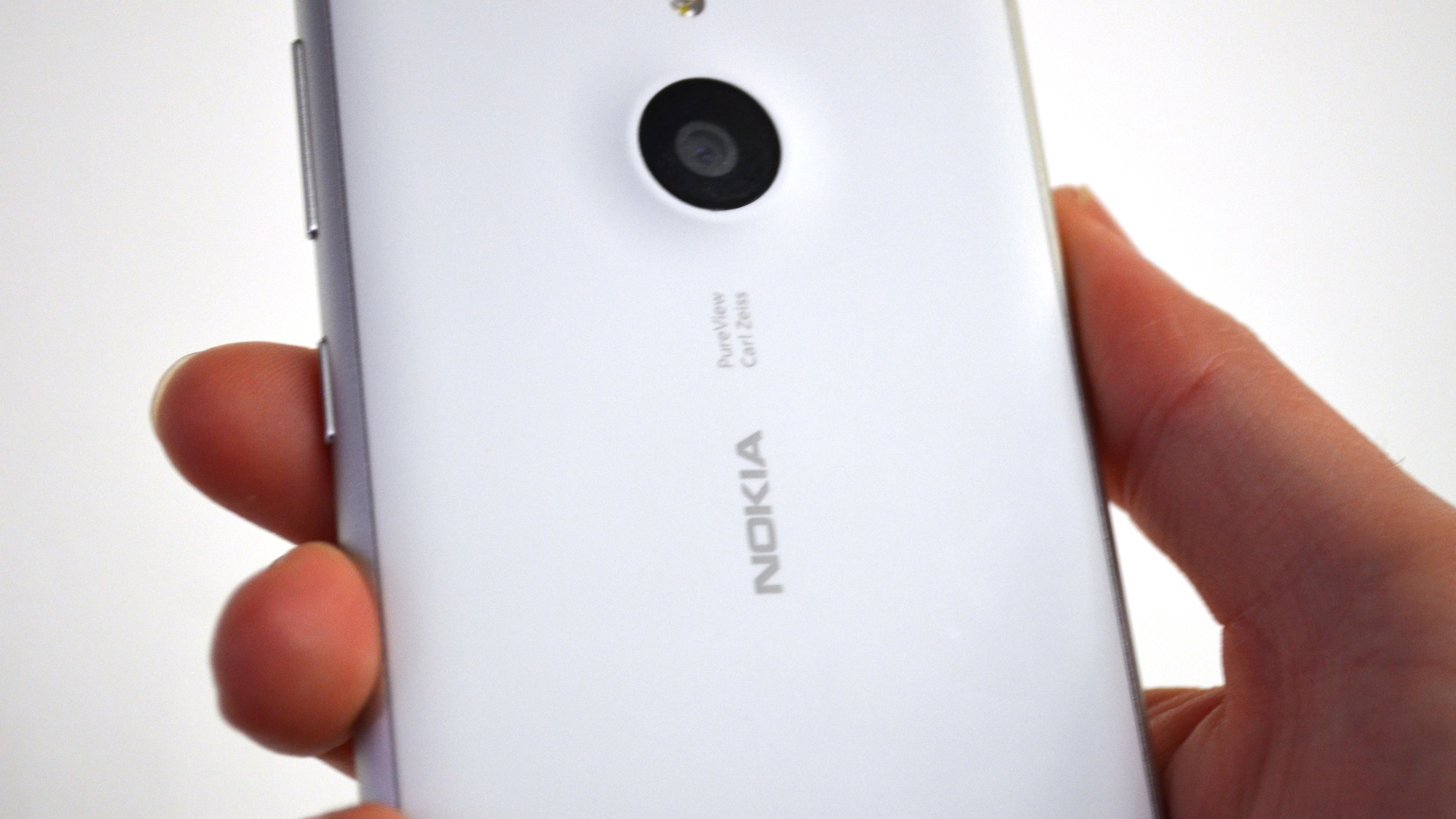Why you can trust TechRadar
The T-Mobile version of the Nokia Lumia 925 is very similar to the version released in the UK. In fact, the only real difference is that it's on T-Mobile's network in the U.S.
It's arguably a minor update to the Lumia 920, except with a much nicer build quality and more premium feel. The aluminum frame and polycarbonate back lends itself to that.

The addition of the Lumia 925 to T-Mobile's lineup makes it one of two Windows Phone 8 handsets with the carrier -- the other being the Lumia 521. Except the Lumia 521 will actually support memory cards up to 64GB, while the 925 leaves you stuck with its 16GB on-board storage. It's strange that Nokia didn't include expandable storage in a device that is closer to a flagship model, and yet its low end models have that feature.
T-Mobile apps
There are the usually carrier apps packed into the Lumia 925. They include Name ID, T-Mobile TV and My Account. All things considered, this isn't as bad as some Android devices, which can sometimes have up to 16 branded carrier apps.
Name ID lets you know who's calling, whether the caller is in your address book or not. However, when the caller is not in your contacts, you'll only get the city, state and phone number of the caller. Android and the iPhone will do this on its own without a separate app. Name ID comes with a free 10-day trial, and it's $3.99 a month after that. It's up to you whether you think it's worth almost $50 a year to have this feature.
My Account is free, and it allows you to view your current account status. It shows you when your billing cycle ends, your usage and more. It even offers device support and other resources if you need them.
T-Mobile TV is exactly what it sounds like. You can watch live TV and select and featured TV shows. Interestingly, we were unable to watch TV over T-Mobile's LTE network. We kept receiving an error telling us that we were required to have network connectivity in order to watch TV.
Sign up for breaking news, reviews, opinion, top tech deals, and more.
However, once connected to Wi-Fi, we were able to watch a few shows. Surprisingly, quality was not as good as we would've expected it to be. Image quality isn't very bad, but it's not as sharp and clean as you would find on apps like Netflix or YouTube (once YouTube actually starts working again on Windows Phone 8).
You're initially given a 30-day trial with T-Mobile TV, and once that's over it's $9.99 a month if you want to continue.
As far as carrier apps go, we were pleased to see that T-Mobile didn't stuff this thing with dozens of apps we would never use. On-board memory is limited enough, and carrier bloatware can be annoying, so T-Mobile made the right choice here.
T-Mobile call quality and LTE service
T-Mobile's service can get quite spotty in San Francisco, and we're hoping that the carrier will remedy that soon. However, when it works, it works very well. In our offices in South San Francisco, with just one or two bars in our signal indicator, we were getting up to 20Mbps down and 11Mbps up.
Call quality was decent, but not particularly great. We could hear callers just fine in areas where signal was strong. Your results may vary, but we blame the fact that T-Mobile isn't strong in some parts of San Francisco. If your area gets good service from T-Mobile, the Lumia 925 will perform just fine in terms of calls.
Under John Legere's leadership, it seems that T-Mobile is very committed to making the customer experience better. Hence, the carrier's 4G LTE network will continue to expand and improve.
Verdict
If you're looking for a Windows Phone 8 device for T-Mobile, your choices are really limited to just two devices. And if device storage or memory isn't a huge factor to you, the Nokia Lumia 925 is an excellent choice.
James is a freelance phones, tablets and wearables writer and sub-editor at TechRadar. He has a love for everything ‘smart’, from watches to lights, and can often be found arguing with AI assistants or drowning in the latest apps. James also contributes to 3G.co.uk, 4G.co.uk and 5G.co.uk and has written for T3, Digital Camera World, Clarity Media and others, with work on the web, in print and on TV.
